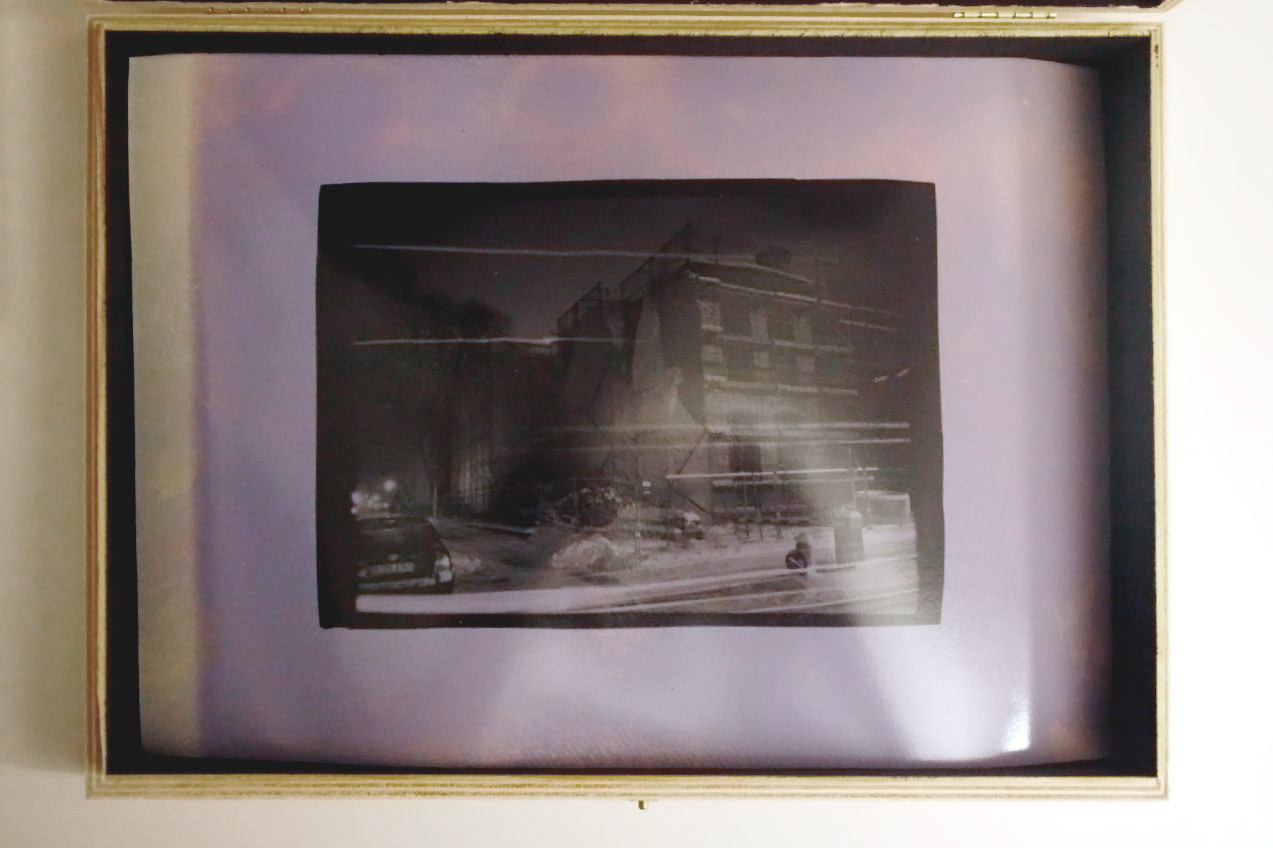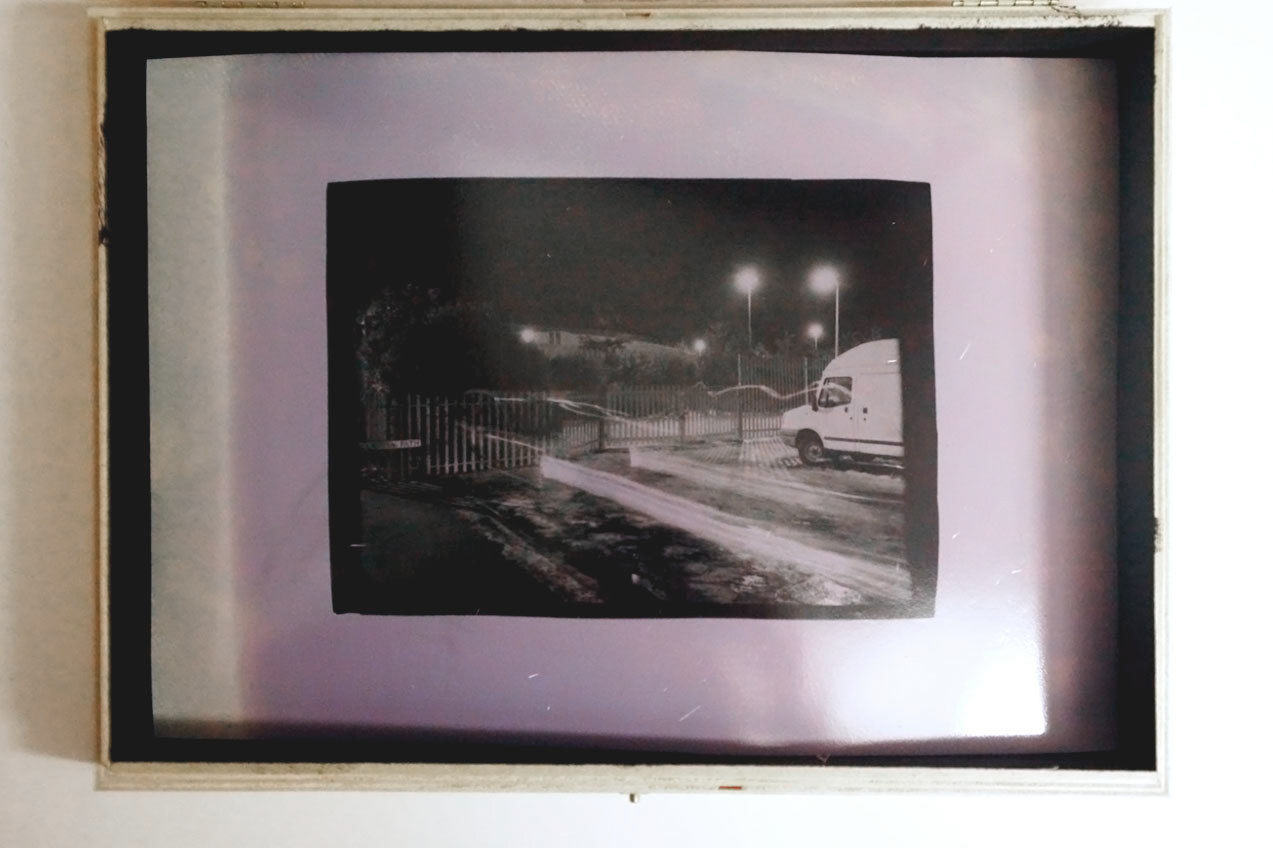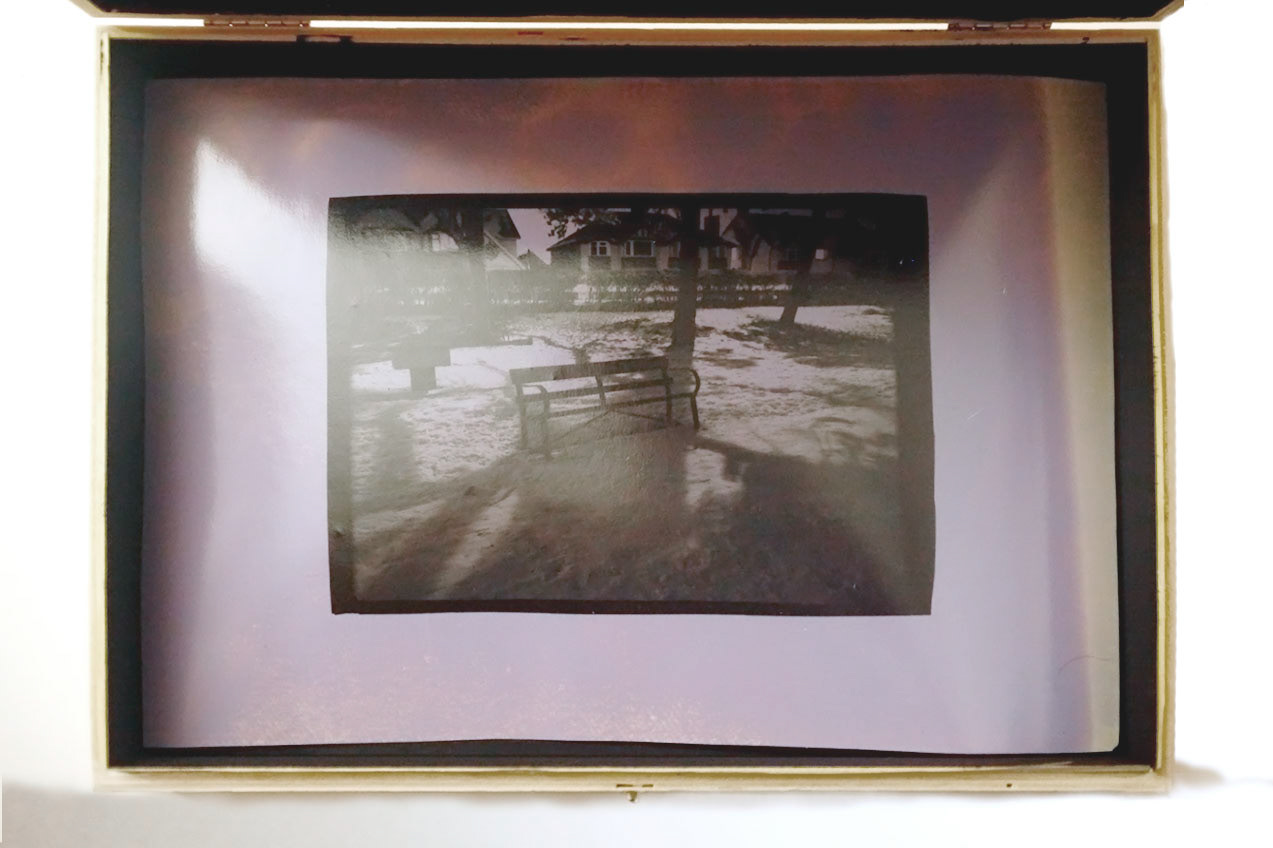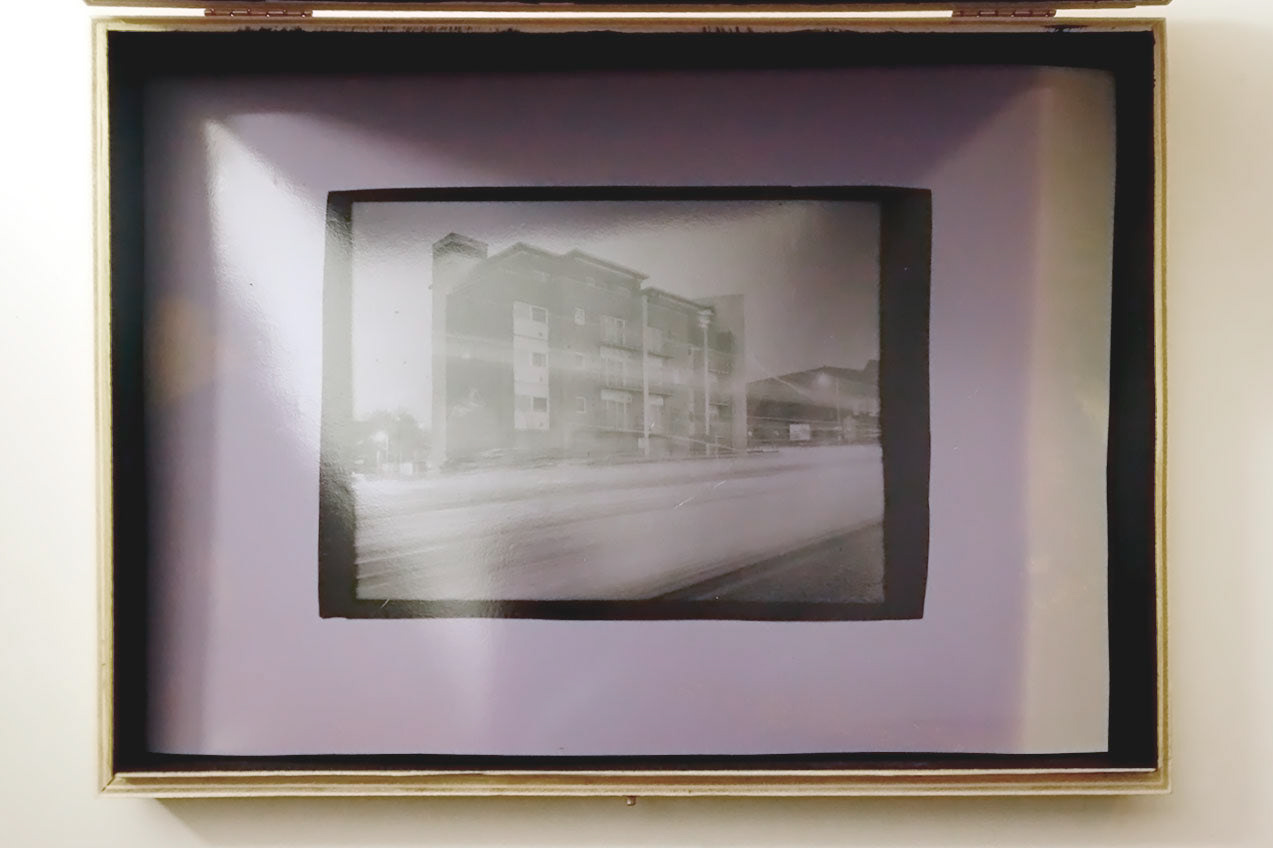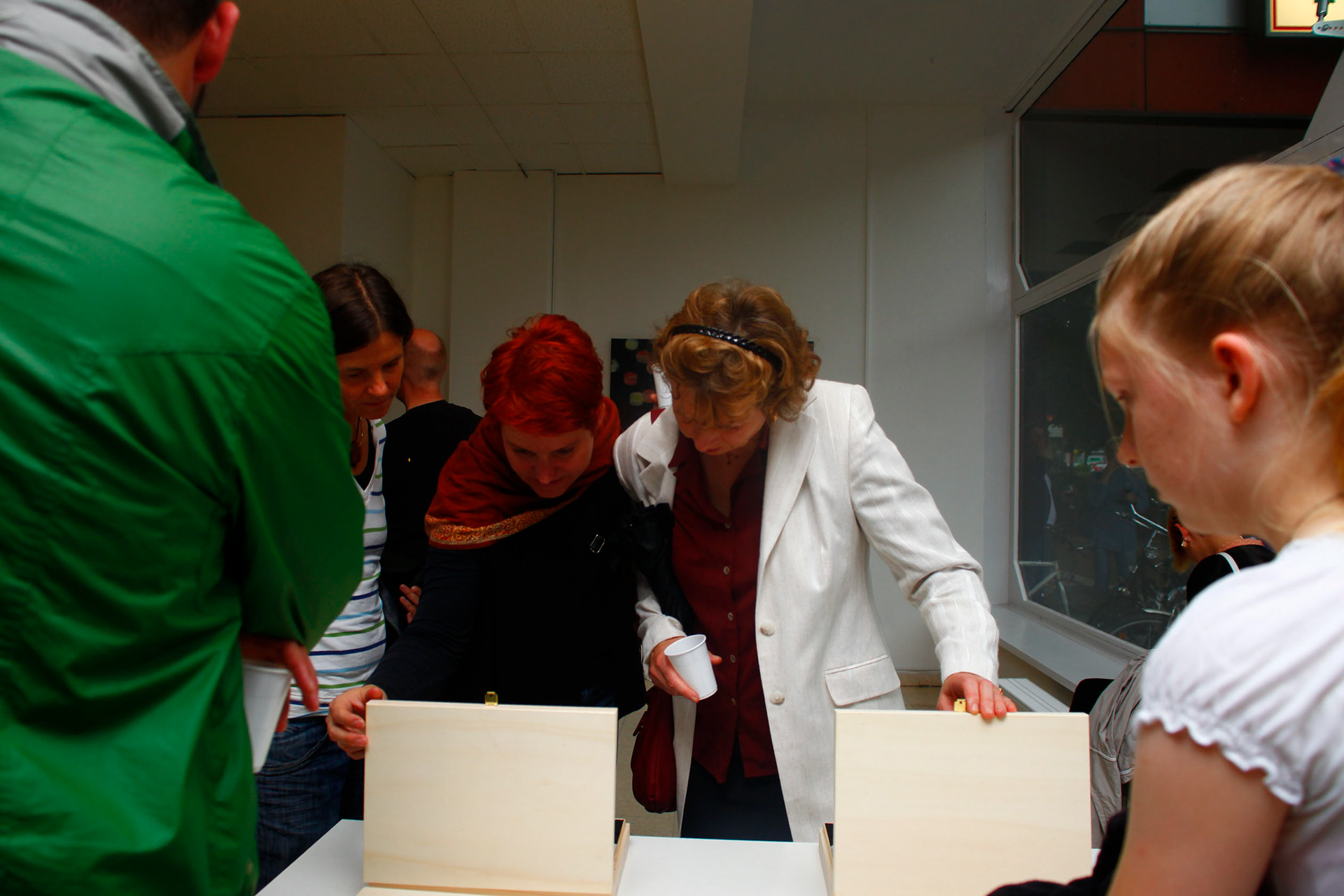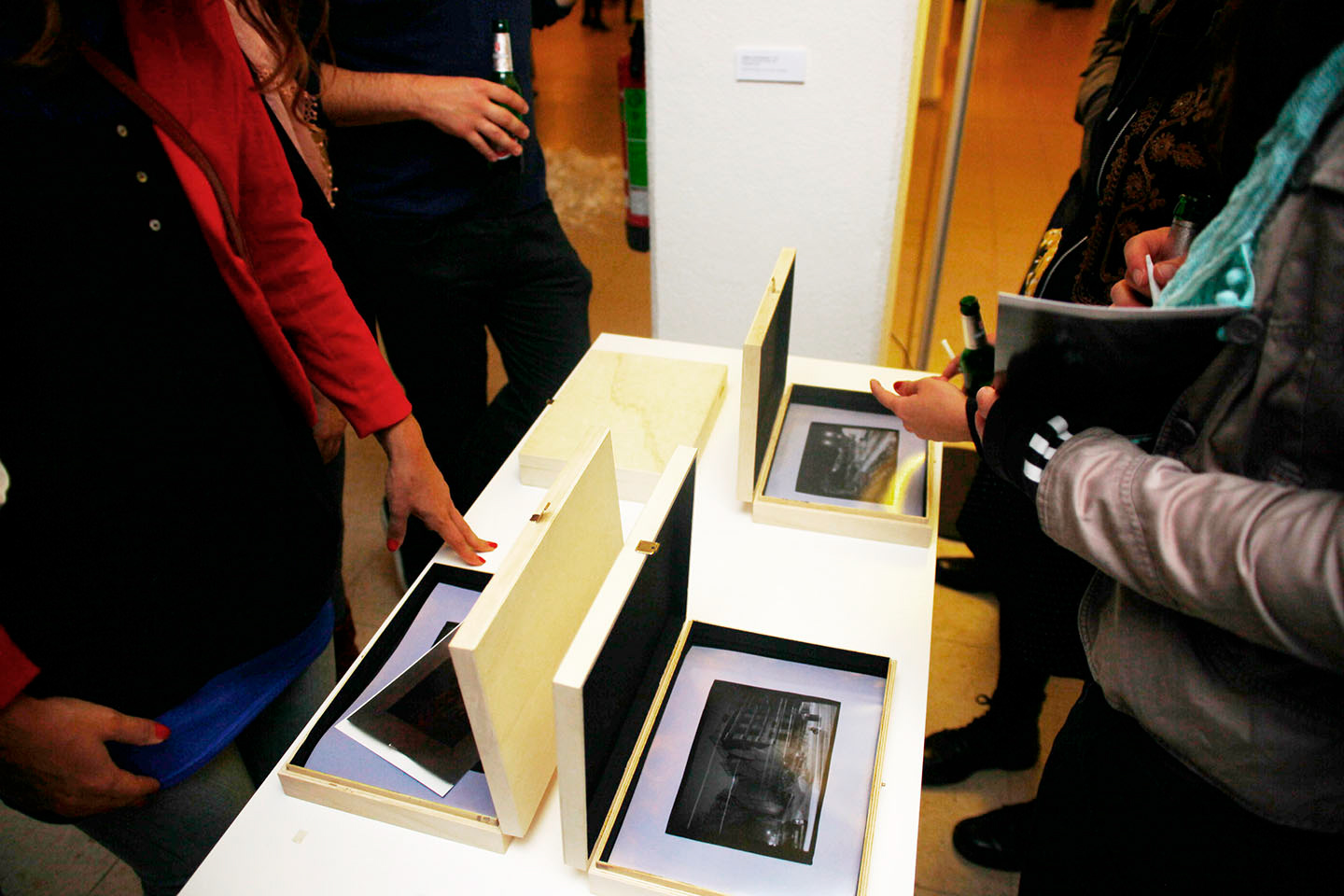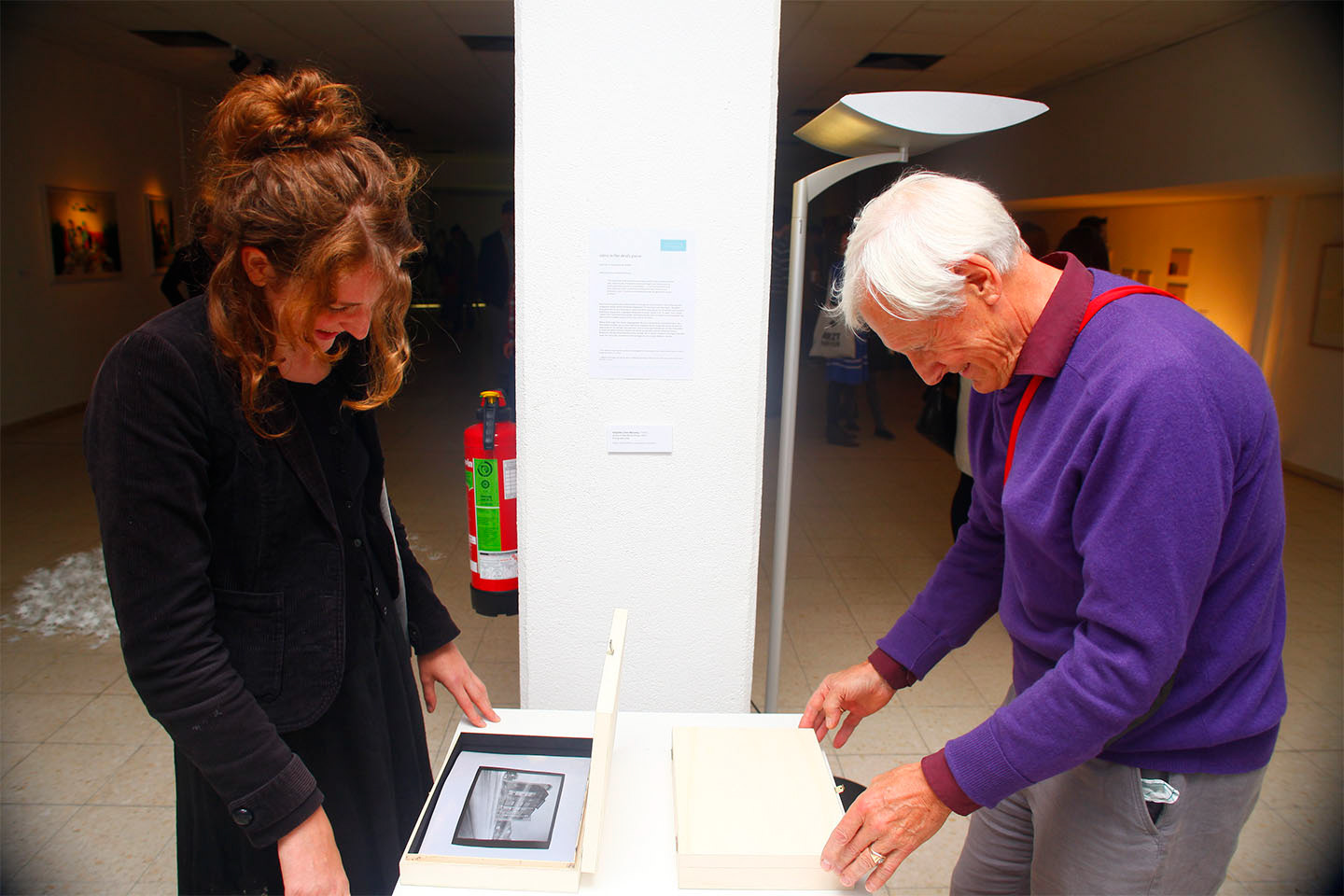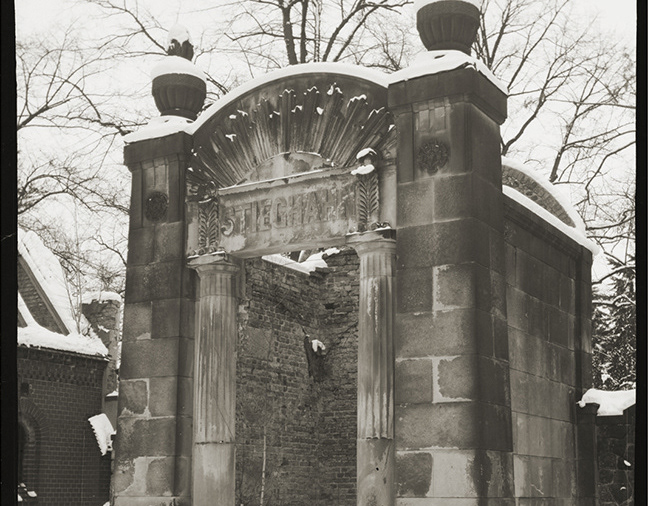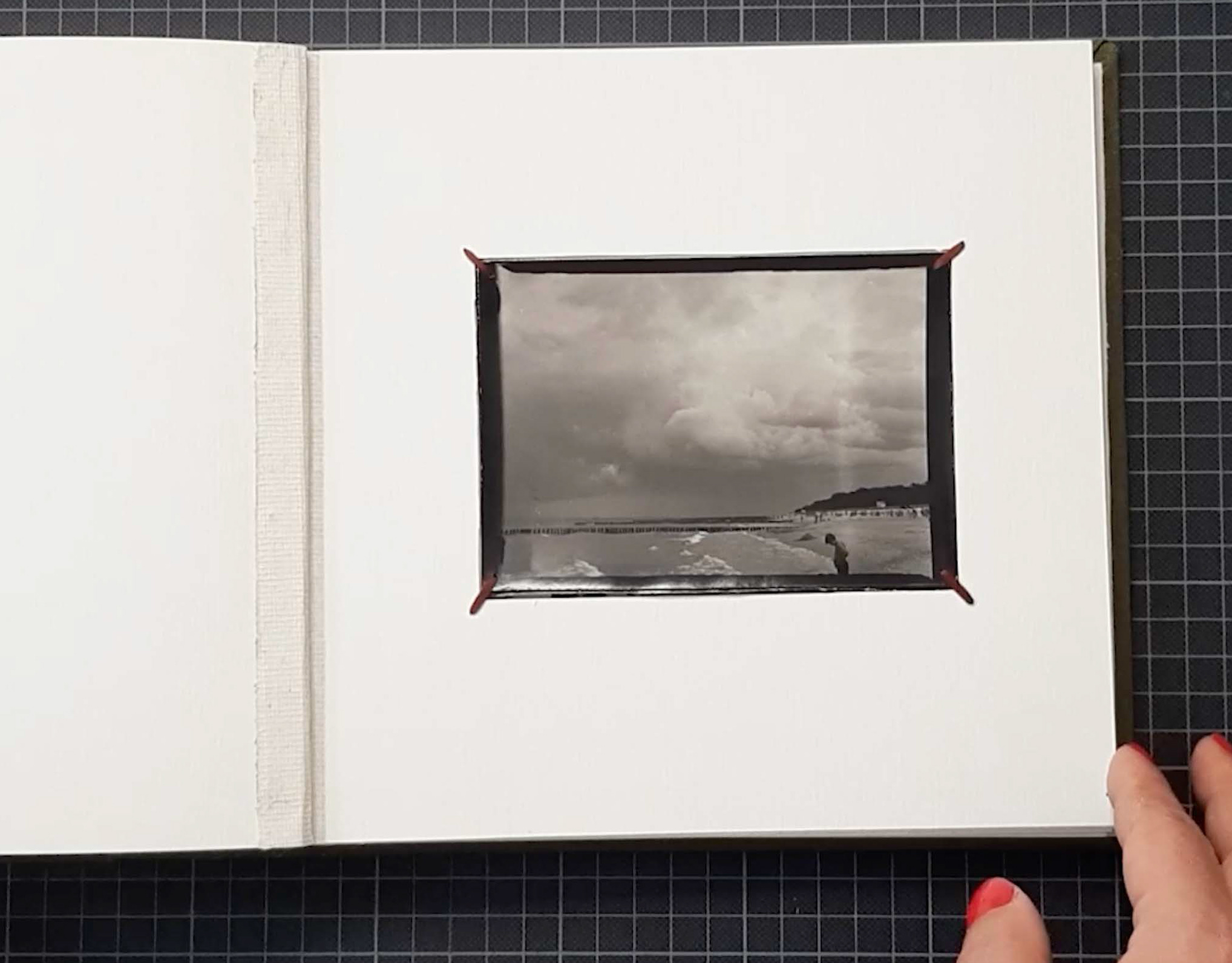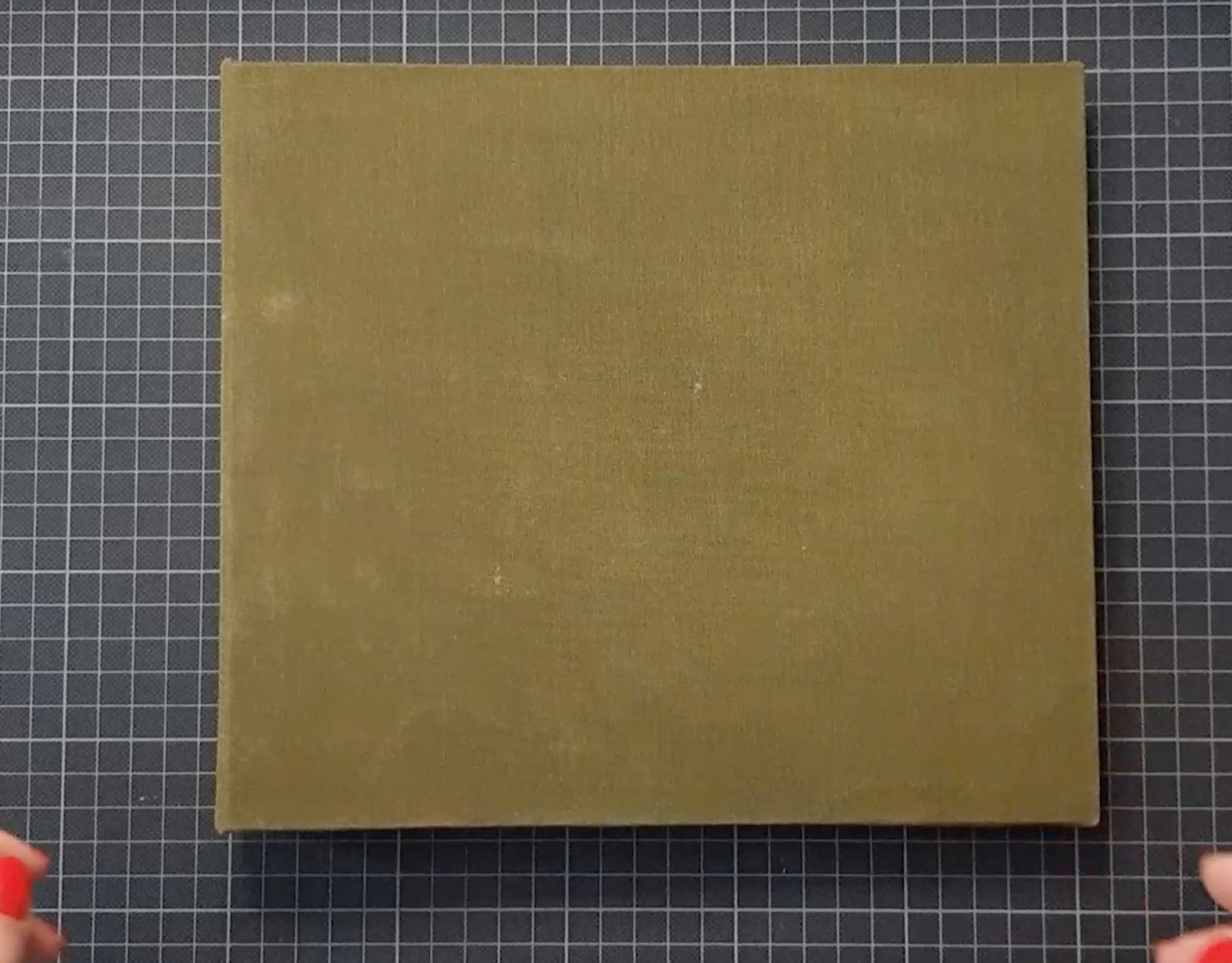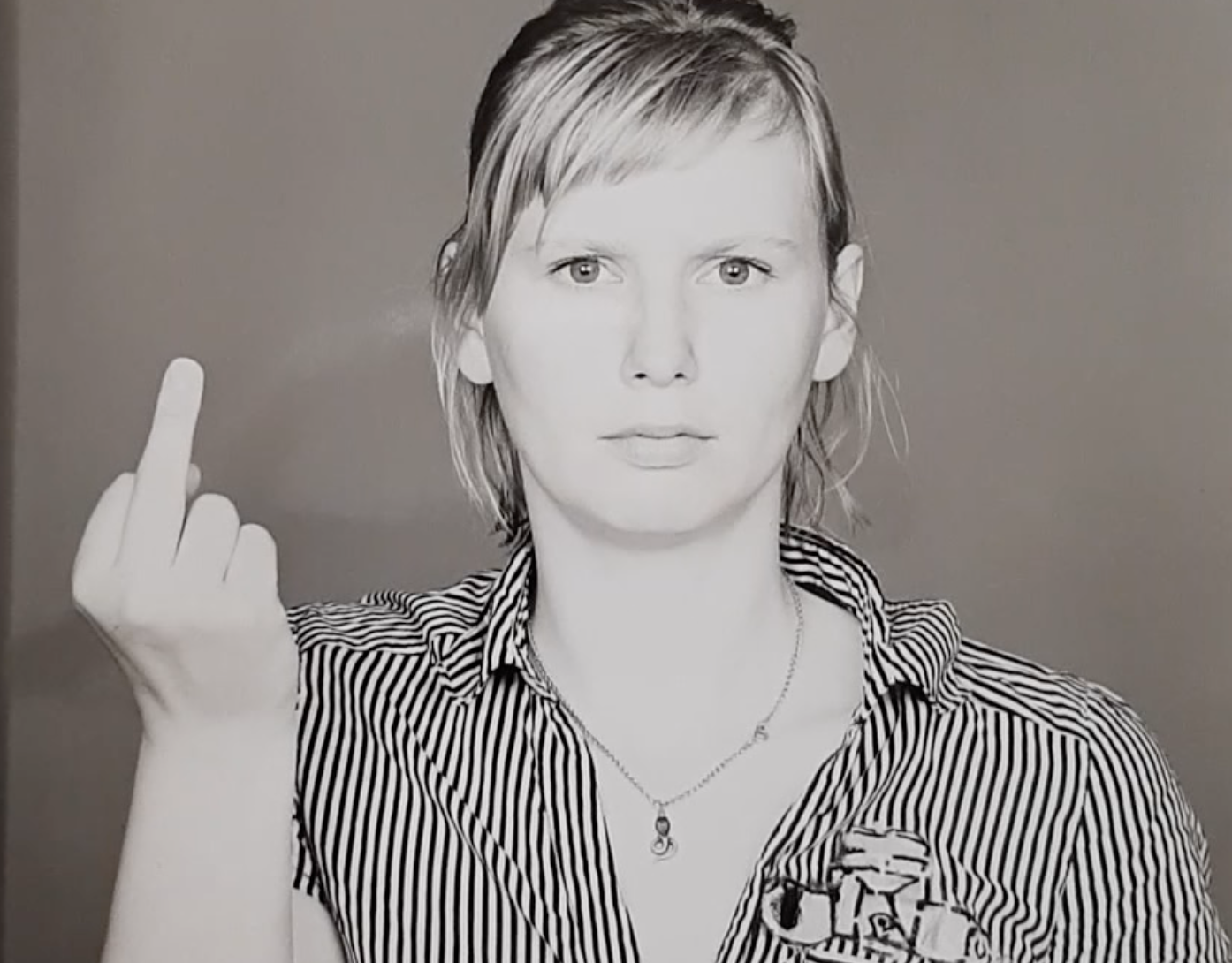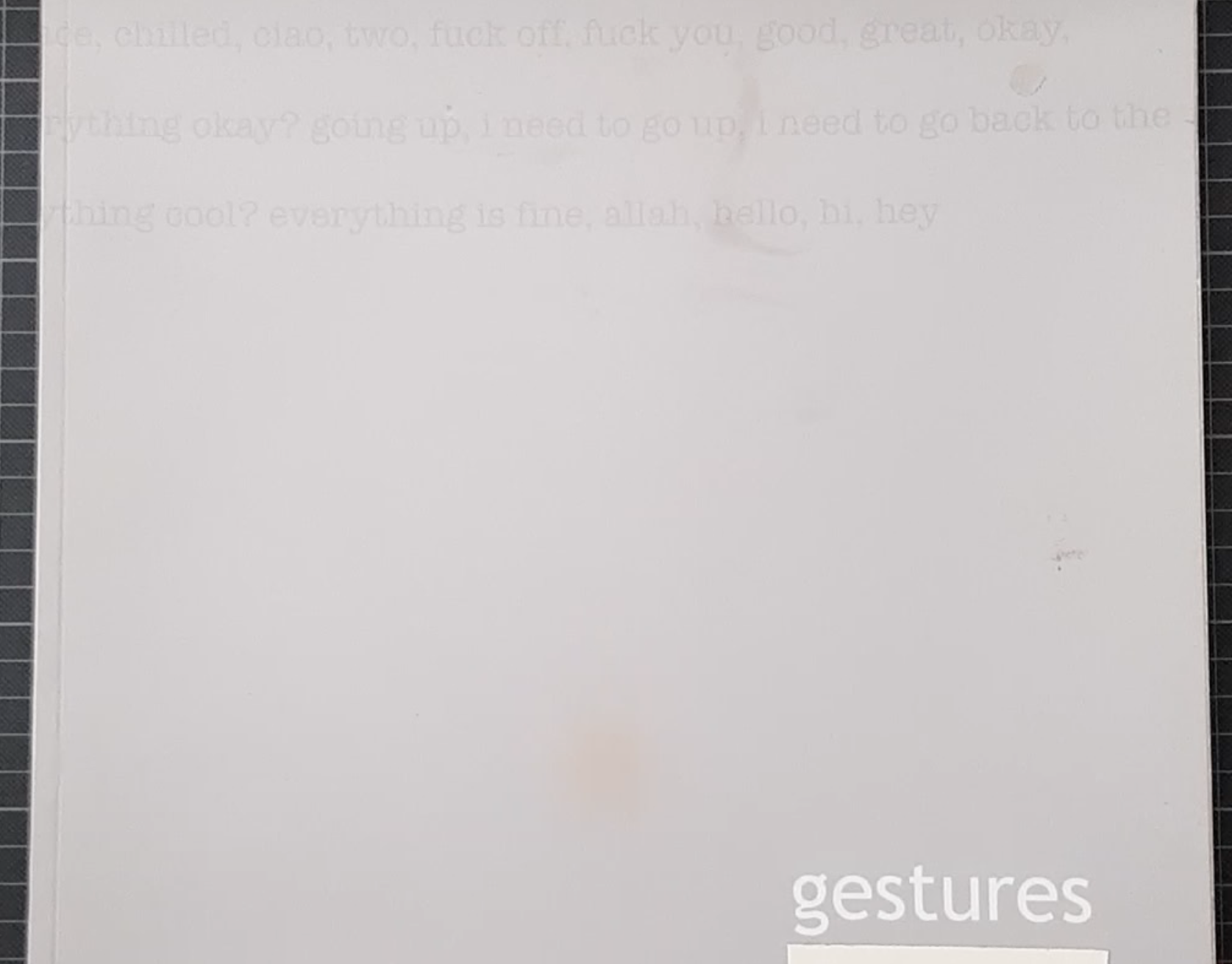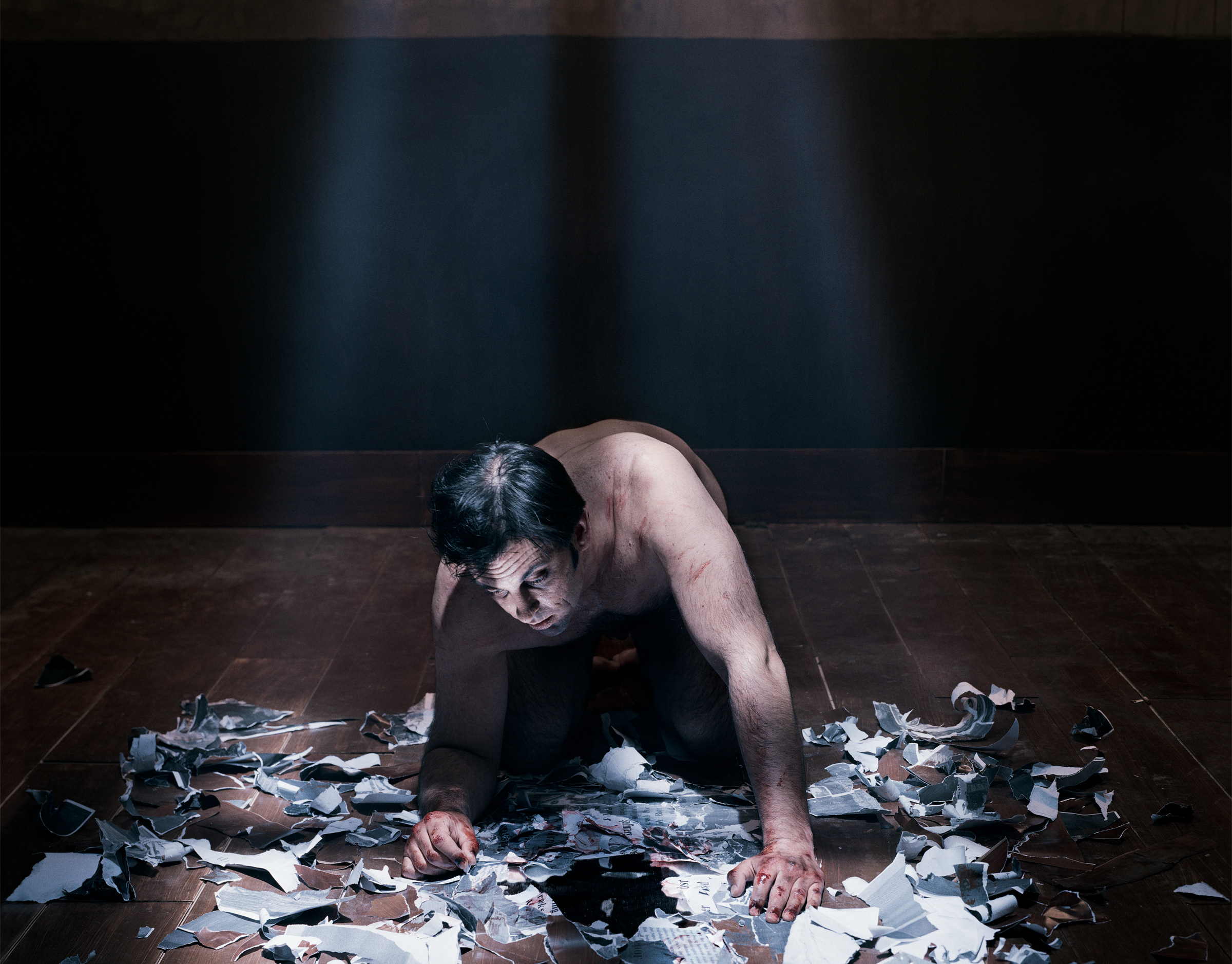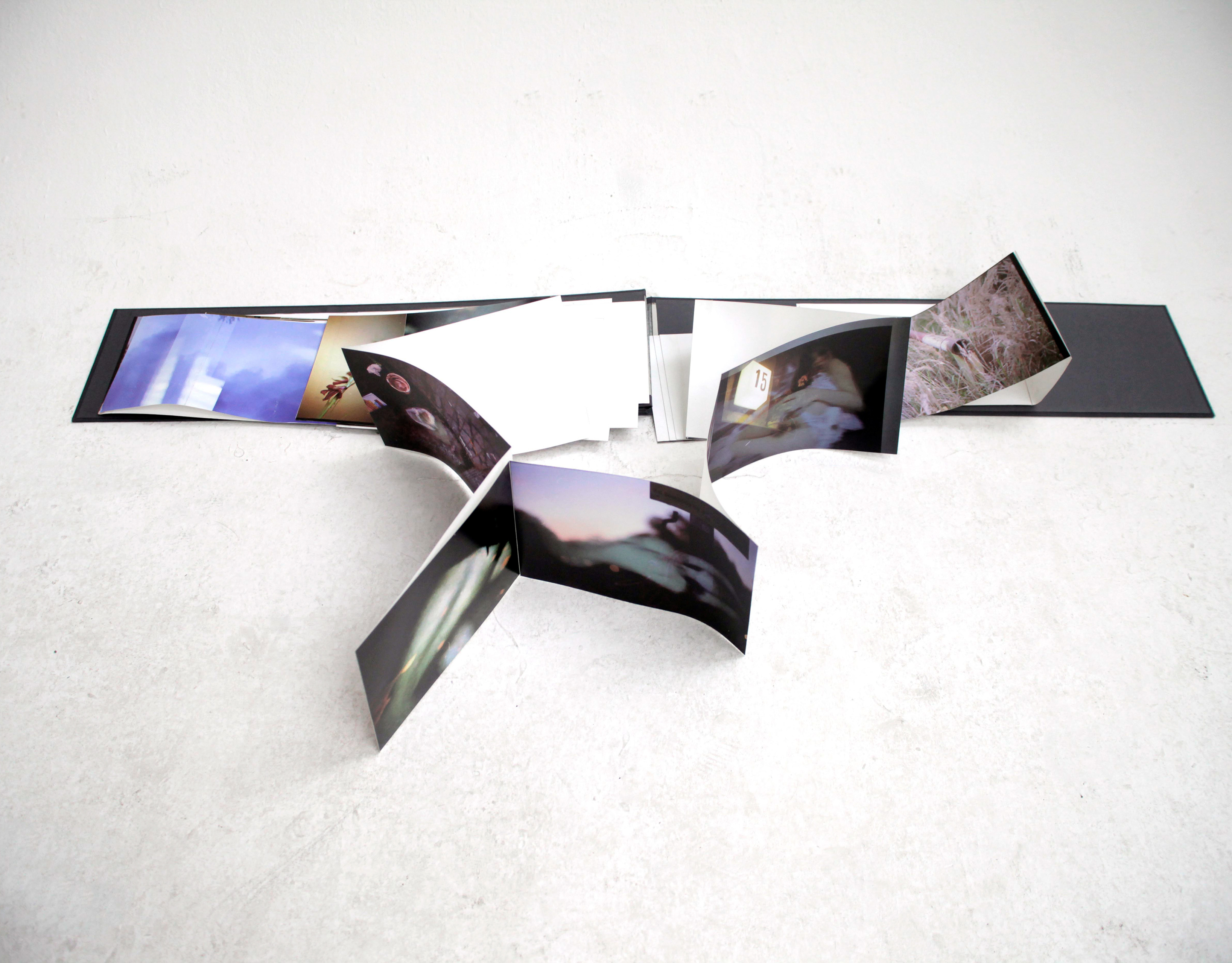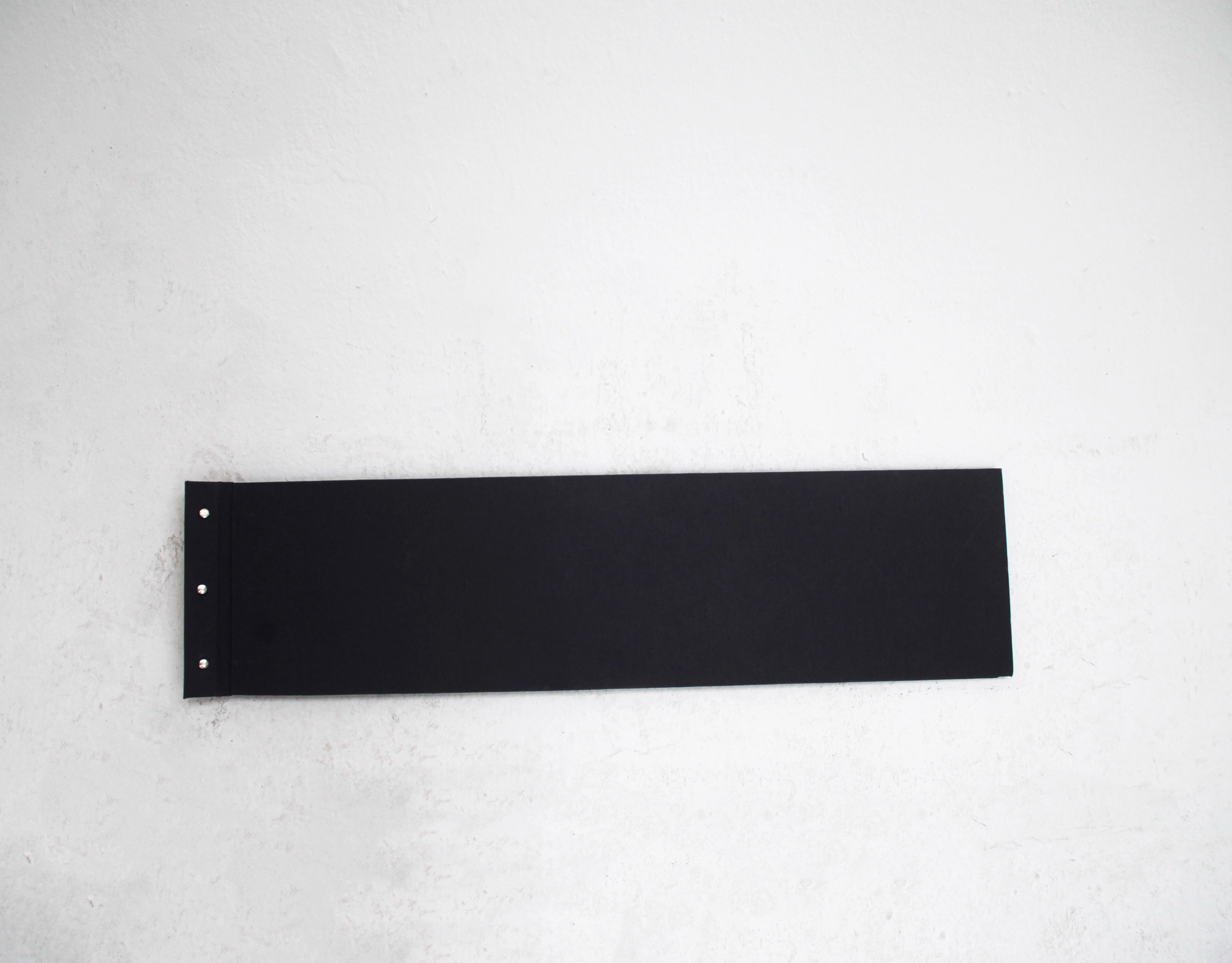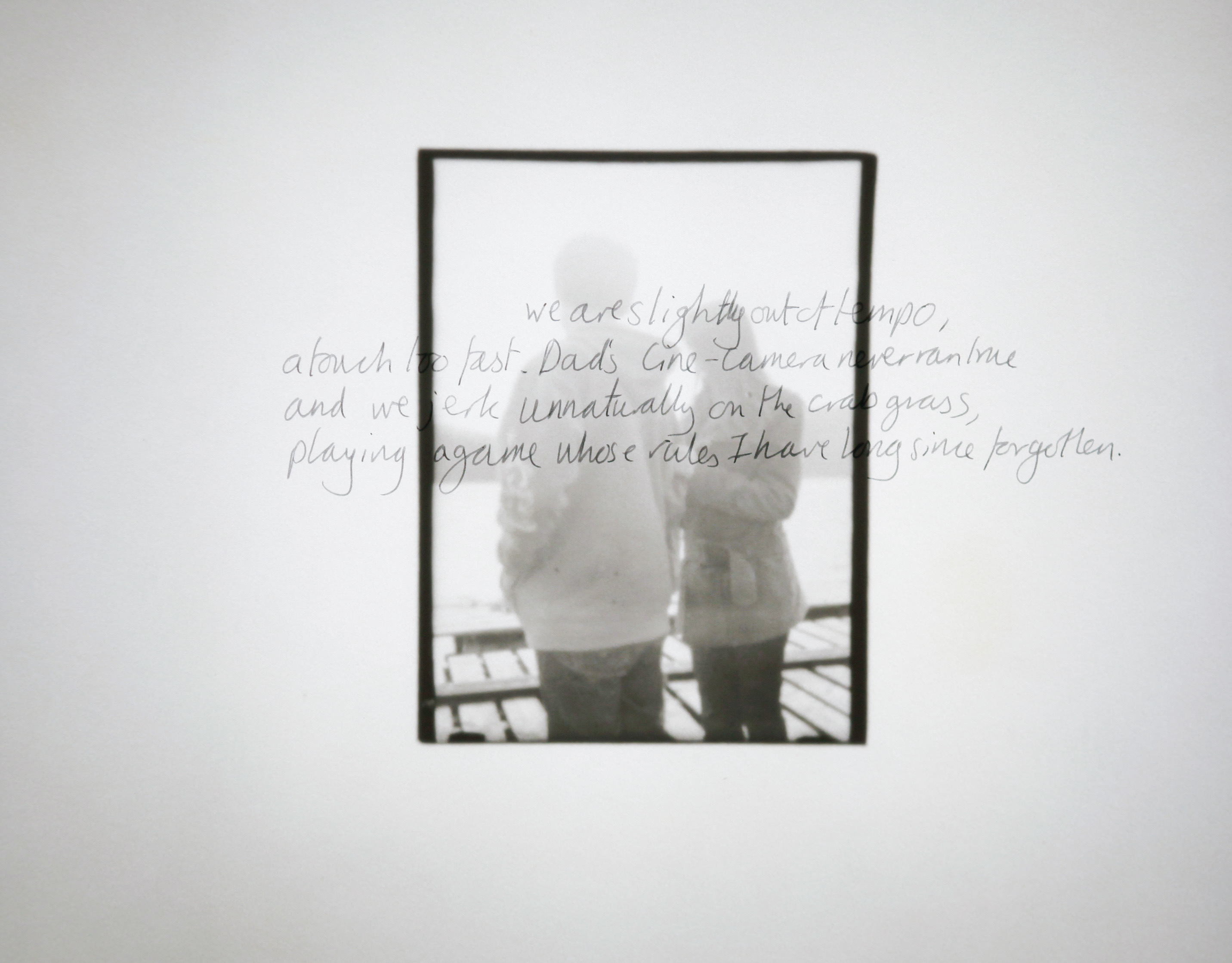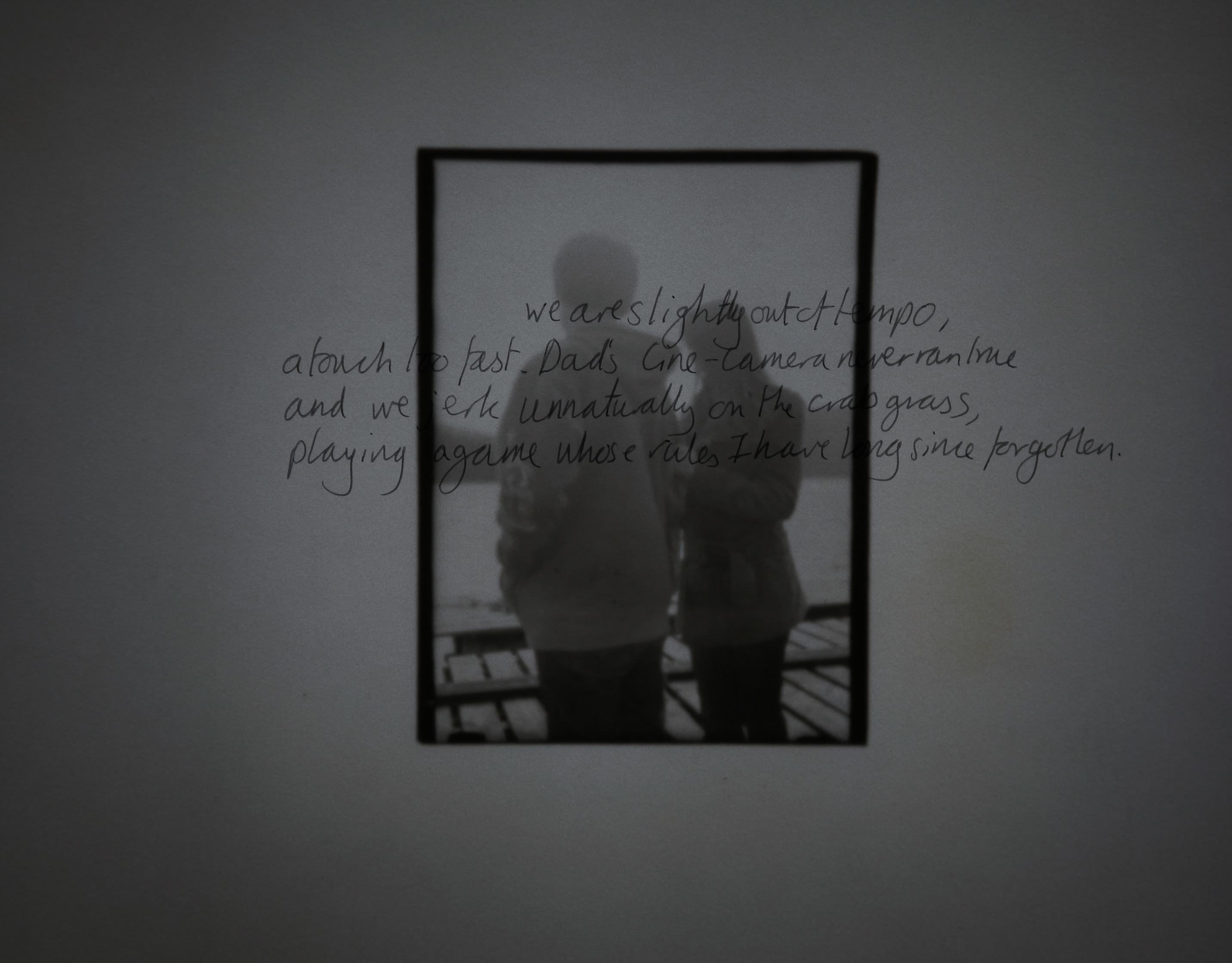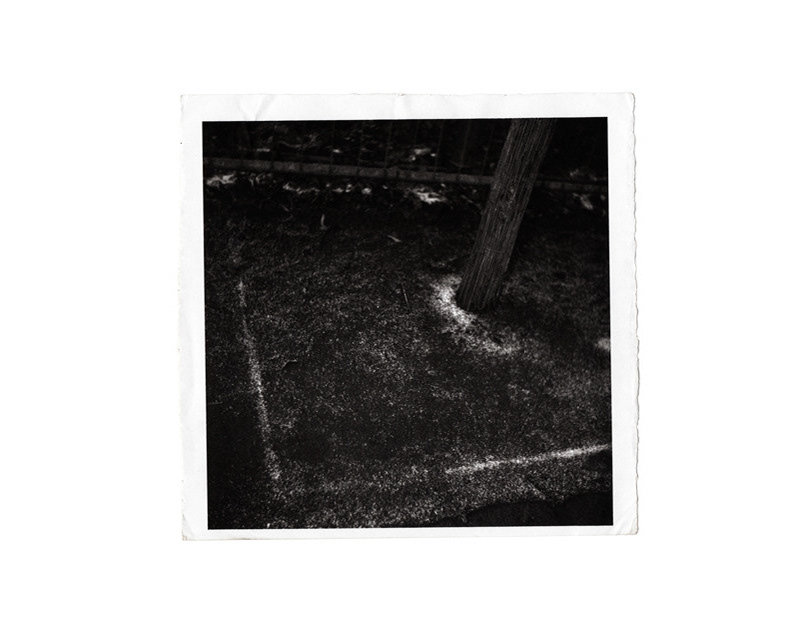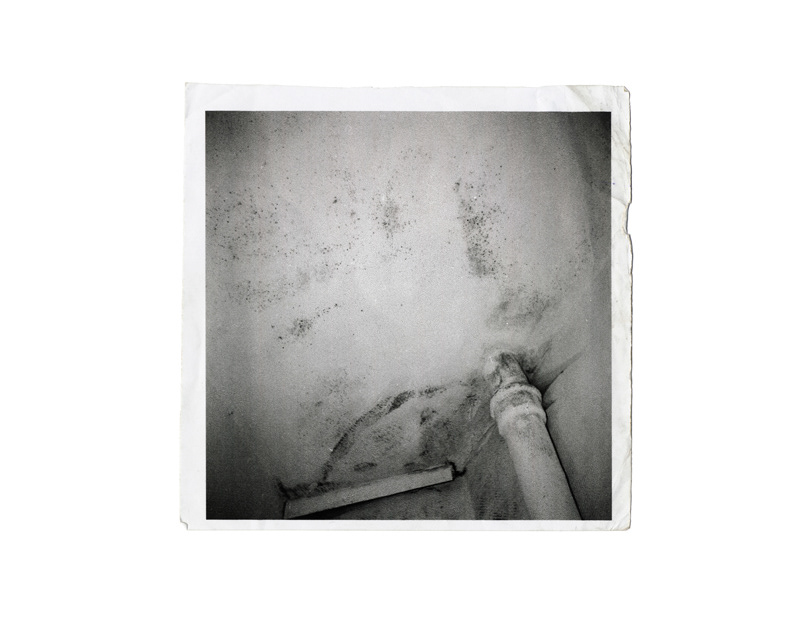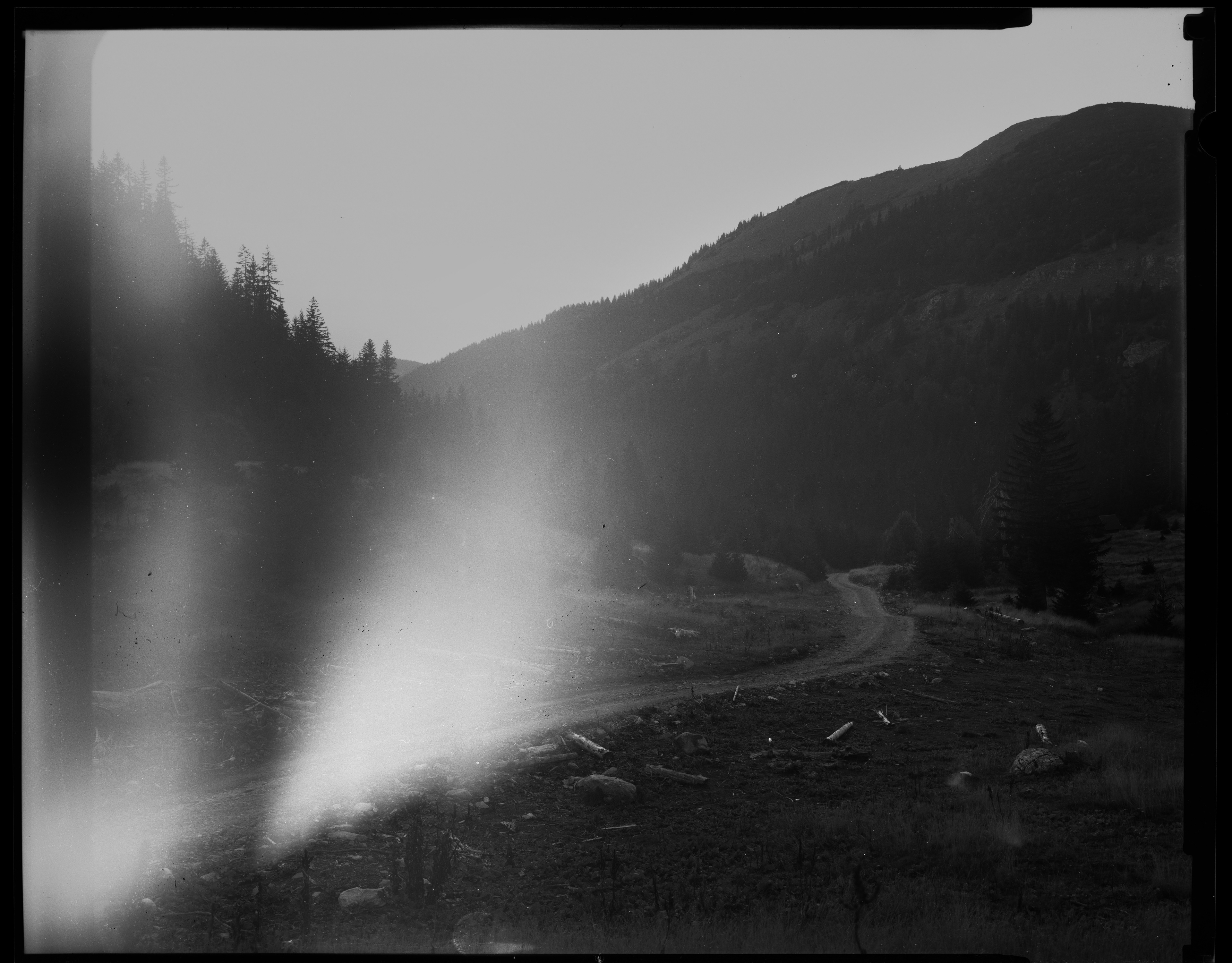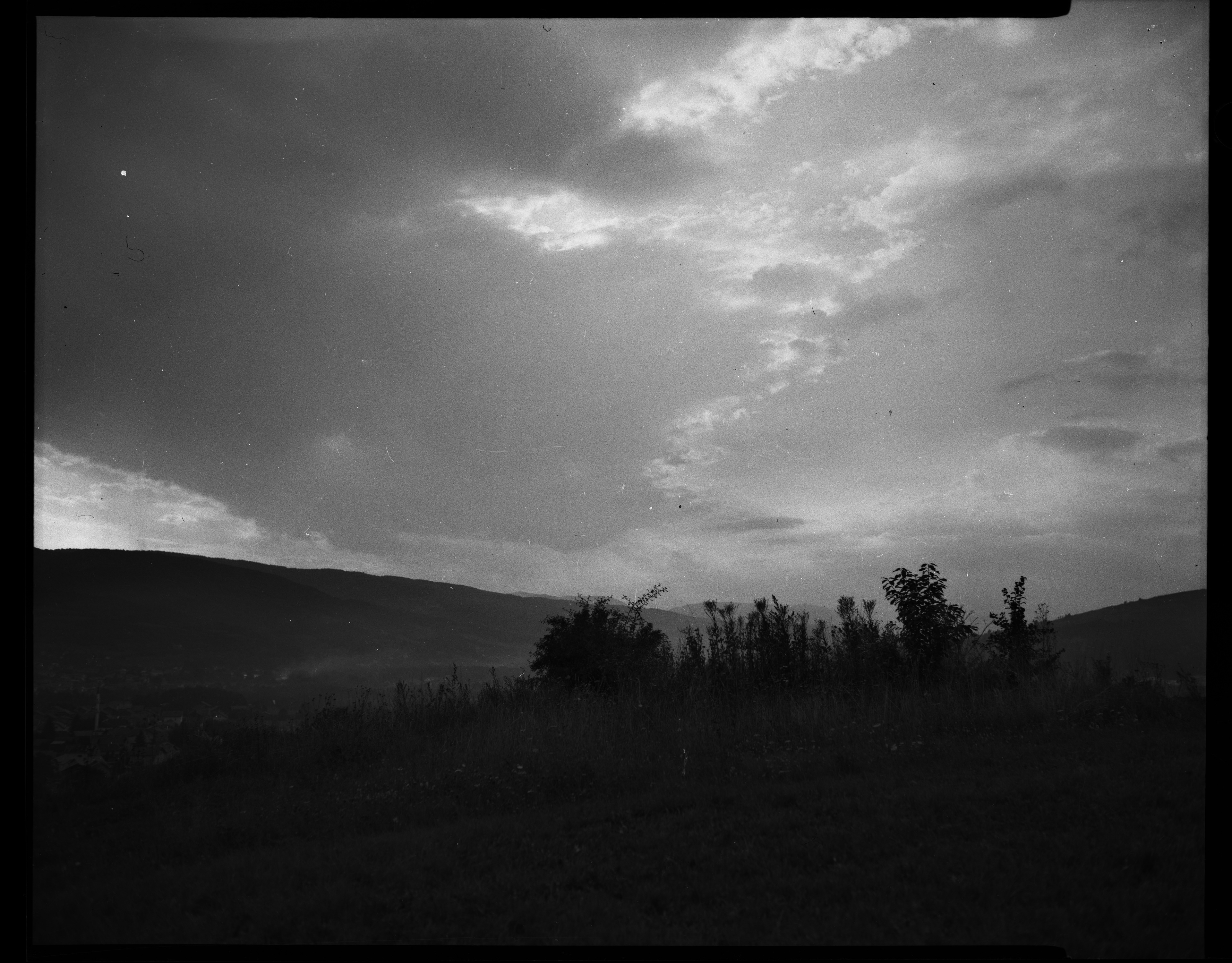Coins in the Devils Purse
'The traditional model of memory says that new learning is transformed into solid, stable chunks of long-term memory through a one-time process of protein generation known as consolidation. (...) we have found that long-term memories enter a chemically unstable state every time they are retrieved.(...and...) must be reconsolidated through the generation of new proteins.'
which is to say that the traditional understanding of memory is that once a memory has been stored, it is a chemically stable piece of information that may be perfectly recalled over and over again. neuroscientist, karim nader, in his research at the mcgill university in montreal found that 'when a memory is retrieved, it is transformed into a vulnerable state in which it can be lost, changed or strengthened' dependent upon the context in which it is retrieved
at the time i first heard of his research, my ptsd had not yet been diagnosed, but i was already working under a lose term of 'the aesthetic of memory' and this resonated hard with what i had been experiencing with my own memory
in this series, i took 5x7inch large format long exposures in the evenings after the sun had set but before it's light had fully receded from the sky. the 4 scenes i chose were of places to which i associated strong memories from various points in my past which have now physically changed into something new:
the psychiatric institute where i spent my first hospitalisation in 2008 which was being converted into luxury flats
the school i attended as a teen which has since been flattened to be come a supermarket car park, specifically from the viewpoint of the tormentors who waited there form me each day until i quit my a levels (the tormentors who heavily contributed to my ptsd)
the park bench i had graffitied heavily with the name of a girl i had a crush on which caused me no end of ridicule which has since been replaced by a newer model in a remodelling of the park
the odeon cinema where, as a child, i saw my first ever movies on the silver screen which has since been demolished to make way for housing
i took the negatives and exposed them as contact prints on to baryta paper for maximum rendition of detail and sharpness
i then placed the prints into the developer bath, then the stop bath do neutralise the developer and then, instead of placing them into the fixing bath, rinsed and dried them in complete darkness and placed them into light sealed boxes
neglecting the fixing bath left the still light sensitive silver salts in the paper meaning that when exposed to light, they continue to break down into ionic silver causing the paper to continue to irreversibly darken whenever exposed to light
this means that while the photographic memories are stored in their boxes, they are in a chemically stable state but to be regarded - to be remembered - they are once again in a state of chemical instability subject to the context of the viewing
i documented the four images after their first exhibition at the wiesbadener fototage. the room in which they were shown had a single window - the position to which is evident by the inverse shadows on the left or right sides of each image, the shaddow being inverse as the less light that fell on any particular area of the paper was subjected to less darkening than other area
the title, 'coins in the devils purse' is a quote from sartre's, 'nausea' where a character comments upon the photographs and postcards he keeps as tokens of his experiences that through repetitive recollection no longer evoke the same senses as they once did exclaiming,
“my memories are like coins in the devil's purse: when you open it you find only dead leaves.”
